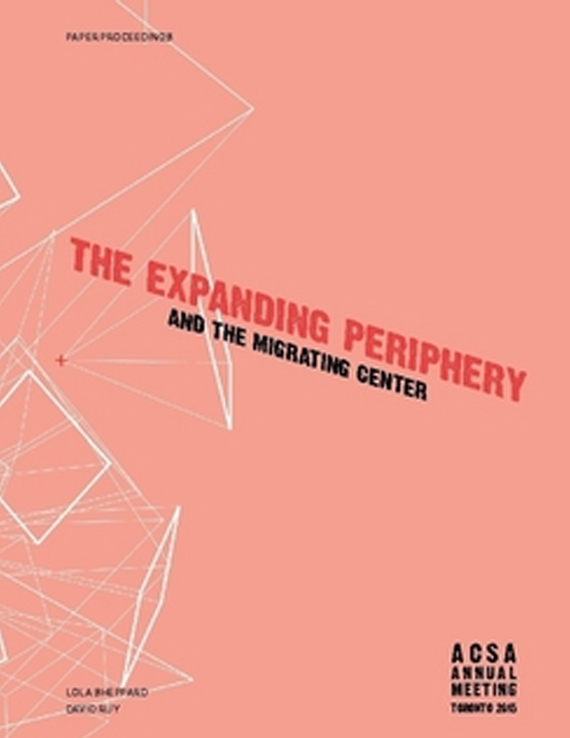Author(s): David Eskenazi
As the Albertian adage goes, architects do not make buildings; they make representations of buildings. Increasingly, strange conundrums are creeping up that may ask architects to reconsider some of the assumptions underlying this paradigm. At the center of these problems lies the introduction of the digital model. The digital model situates itself in a gulf it has opened between conception and representation, suggesting a slew of changes to the nature of drawing, construction, and communication in architecture. Although we could say Alberti’s adage continues unabated, it goes without saying that some problems are quickly adding cracks in the transmission of an architectural idea to its representation then to building.The following problems delineate some conceptual outlines that digital models pose for architecture. They do not assemble an exhaustive list nor are their descriptions deeply penetrating, but serve more to suggest some areas for architects and scholars to expand as disciplinary knowledge. It is my assumption that some, if not all of these problems, may exhaust themselves over time and be replaced by others. In their current form, these problems assume that digital models exist in transmittable computer files, are displayed on a flat computer screen, operate with a keyboard and mouse, are programmed by someone other than the architect themselves, simulate an infinitely large three-dimensional and full-scale environment, and must somehow be interpreted to make conventional drawings and models. I have no doubt these parameters will change over time and pose other problems instead.
Volume Editors
David Ruy & Lola Sheppard
ISBN
978-0-935502-95-4

 Study Architecture
Study Architecture  ProPEL
ProPEL 
